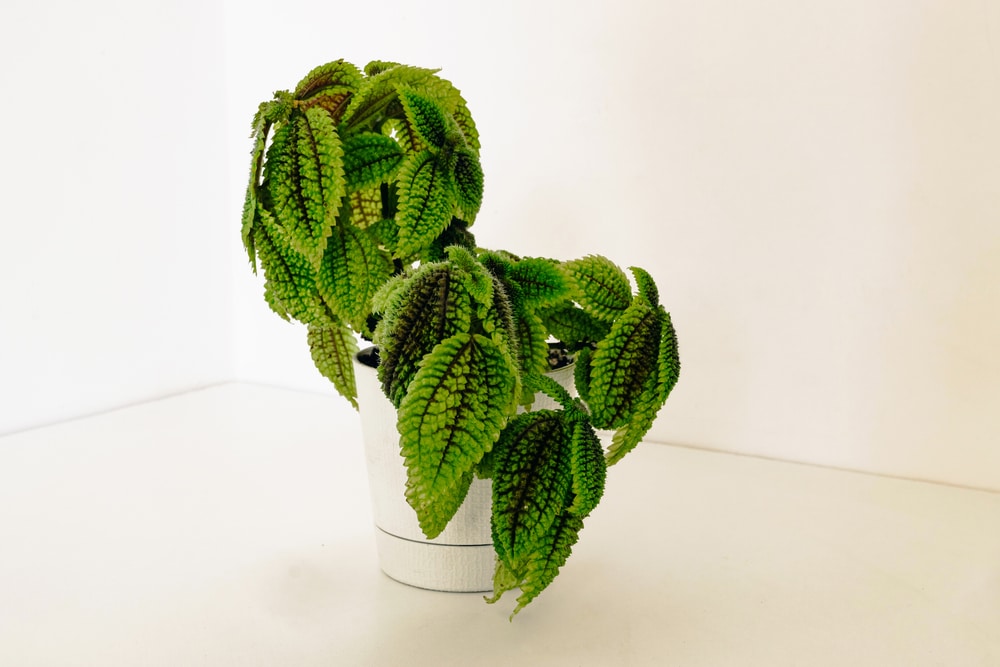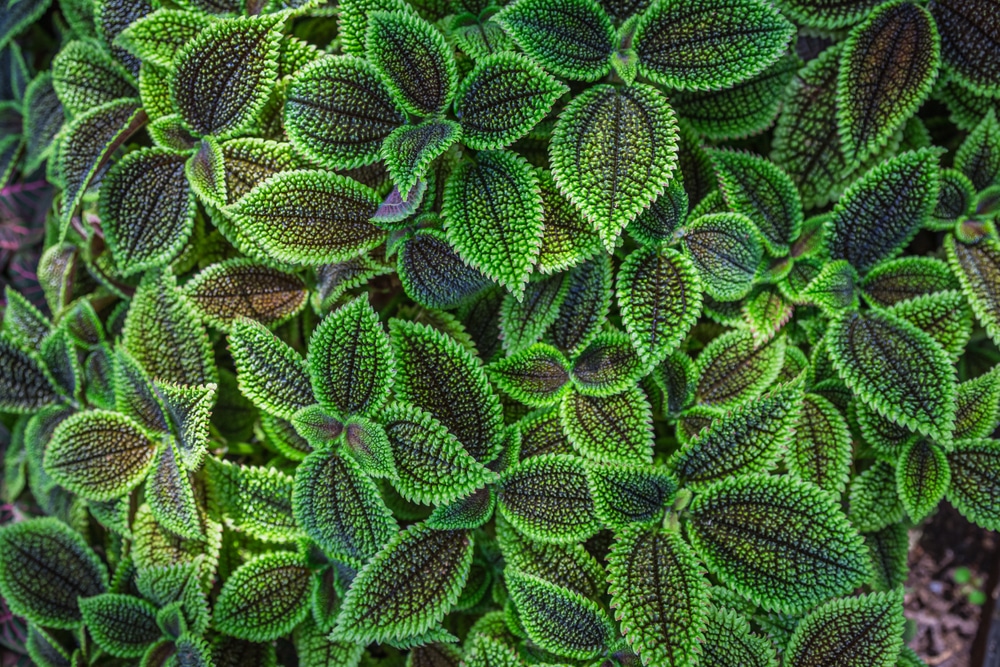The moon valley friendship plant is among the many great plants you can add to your indoor home garden.
| Botanical Name | Pilea involucrata |
| Common Name | Moon valley friendship plant |
| Plant Type | Perennial |
| Flower Color | Pale pink or cream small flowers |
| Size When Mature | 6 to 12 inches tall and wide |
| Bloom Time | Summer |
| Sun Requirements | Full/ Partial Sun |
| USDA Hardiness Zones | USDA zones 11 to 12 |
| Soil PH Range | 6 to 7 |
| Soil Type | Slightly acidic, well-draining soil |
| Water Needs | Medium |
| Native Area | Central and South America |
Moon valley friendship plants are typically grown for their fuzzy quilted leaves. They are easy to care for plants that can thrive in tropical climates, provided they get the best growing conditions. This article will cover more about the moon valley friendship plants and how to care for them.
Moon valley friendship house plant
The moon valley friendship plants are named so because of the easy and rapid rooting of their cuttings and because of how their leaves remind us of the crescents of the moon. You can use the cuttings to bear new plants that you can give to friends and family. Botanically, moon valley friendship plants are referred to as pilea involucrata or pilea Mollis.
In ideal conditions, they can grow to about 6-12 inches high, making them ideal to use as table flowers in the living room or office. Interestingly, they are relatively shade-tolerant, needing a few hours of bright sunlight to thrive.
When given the ideal care conditions, these little plants bloom into pale pink or cream undistinguished small flowers that appear in summer.
Pilea involucrata (moon valley friendship plants) is native to central and south America, growing in large numbers on the edges of the open tropical forests. They have profoundly veined and crinkled velvety leaves that are oval, paired, and have striking bronze accents. Most cultivars of the friendship plant grow as trailing plants that are later trimmed to create an easy-to-maintain bush.
Moon valley friendship plants are non-toxic and thus safe for pets and children. For this reason, their cutting can be given away as presents to friends who wish to share in owning the beauty they bring home.
Moon valley friendship plant care
Here is everything you need to know about growing and caring for moon valley friendship plants.
Light
Moon valley friendship plants can tolerate a range of light conditions but thrive best in bright indirect light. Placing the plants in the sill east-facing window will ensure they get adequate light to thrive. If you elect to put them in a south-facing window, which receives direct light, use sheers to block the excessive sun rays.
Moon valley plants can tolerate dim light, but the leaves will lose their striking color, and the stems will get stretched. When planting outdoors, choose a spot with dappled sunlight and gradually acclimate it from indoor conditions to the new outdoor conditions.
Water and soil conditions
The pilea involucrata grows best in fertile, well-draining soil with a pH ranging from 6 to 7. It needs medium watering with no specific schedule. You can easily judge when you want to water by looking at the topsoil and testing if it is dry. Soak the soil thoroughly and wait until it dries out before you water again. Overwatering the plant will easily damage the plant.
If your potting mix is not well-draining, mixing two-thirds peat moss with perlite can do well in improving its profile.
Temperature requirements
These plants normally thrive when temperatures are between 65 and 75 degrees Fahrenheit.
Most notably, while the moon valley friendship plants love warmer conditions, they are not drought tolerant and can easily die from lack of water. To add on, these plants are not cold-hardy.
Moon valley friendship plants will thrive well when grown in USDA zones 11 through 12. In other regions, you will need to nurture them indoors, particularly during winter.
Fertilizer
These plants are not heavy feeders and can still thrive without fertilizer. However, you may apply a balanced all-purpose fertilizer in mid-summer or spring. Always dilute the fertilizer to half the strength as overfeeding these plants can damage them.
Common diseases
These plants do not develop any common diseases. However, overwatering will lead to root and stem rot. In case you identify the signs of root rot, you should isolate the plant and remove the affected parts to contain the issue.
Propagation
To propagate, take a stem tip cutting in spring, when the plant is actively growing, and put it in a moist potting mix. Firm the plant around its small stem so it stands up well, then enclose the pot in a plastic bag to help hold enough moisture. In a month, the cutting will root, and you can report it in a larger pot.
Related Article: Never Never Plant


